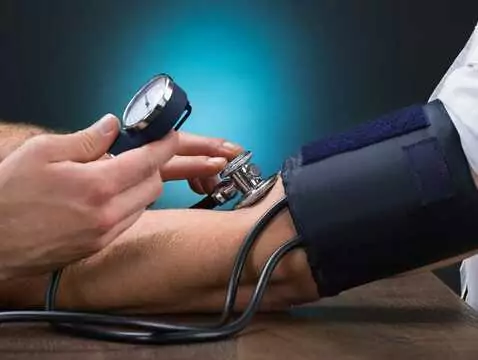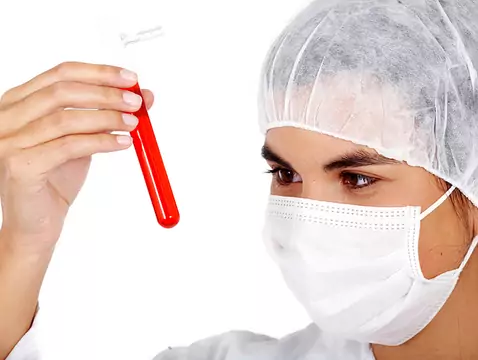Secondaryhypertension develops on the basis of various diseases. The most common of these include kidney disease, endocrine disorders and sleep apnoea syndrome. The majority of patients (90%) have primary (spontaneous) hypertension. Secondary hypertension is therefore much less frequently diagnosed, but nevertheless requires special attention, as a prolonged course can lead to serious multi-organ complications.
Ad:









